At some point or another in an attempt to diet or be a little bit healthier most of us may have tried using a food journal. This task can be a right pain in the arse to do. It is time-consuming, inconvenient and we are not sure if we are doing it correctly anyway. Ever tried counting calories? Nightmare right? Apparently, the experts no claim that counting calories can be as much as 250 off target even if we measure everything to the gram.
One of the recent lessons I have had to do for a course was to fill out a food journal. They wanted me to do this for 14 days... I managed 3. (Thankfully that's the number they recommend asking your clients to do at a maximum). I found it inconvenient, stressful and annoying. God knows what my clients must go through when I ask them to do one. In fact, for all of those reading this that I actually gave to do on a weekly basis, I apologise profusely!
Thankfully I learned some valuable lessons which I would like to share with you.
Diet Snaps
Firstly, I was given a fantastic recommendation! It has to be the most time efficient and convenient way to make a food journal! This super app is called "DietSNAPS" and costs £1.99 on the app store. This ingenious tool allows you to take a picture on your smartphone, assign what meal, what time and make notes on what you ate and drank that day. The best feature is that you can send each day's data via email in PDF form all with one or two clicks on the app.
As a coach, it is easy for me to see, what you ate, when you ate it and have each day separated, as opposed to having to grind through days of disorganised information trying to guess what food is in the picture.
So if you have to do a food journal in future I could not recommend "diet snaps" more.
A bonus tip for you too, if you need to measure food or explain portion size try using the following hand sizes for each food type.
Protein- Palm-sized portion
Carbs- Cupped hand sized portion
Fats- Thumb sized portion
Veg- Fist sized portion
Check this out for a better look.
It is by no means perfect, but your hand goes everywhere with you and is the easiest way to measure.
It was actually quite interesting seeing what I did have over those 3 days and my awareness increased in a good way.
Food Journals Don't Just Have To Be About Measuring Portion Sizes
Food journals have many uses and there are many varieties. I recently had a case study (on my course) where I had to deal with disordered eating. Not eating disorder, the two are quite different.
I had to deal with a young man, who was exercise obsessed, diet obsessed, a raw vegan and was 5% body fat with the goal of wanting to get leaner. Poor guy obviously had some mental issues.
For me to give him a regular food diary, most likely would have been a waste of time, as he would have omitted what he did not want me to see and everything would have looked pretty good.
When you suddenly add in "what were you feeling or thinking?" next to the food/ time it creates a completely different picture.
Many of my clients are highly stressed individuals and many eat emotionally to offset their stress levels. They need that hit of dopamine from their brain's pleasure centre to keep them going each day.
Simply adding in "what are you thinking or feeling?" or even "any physical sensations, If so, what" essentially how does food feel?. These questions completely change the focus of the record you are keeping.
There is no judgement, no good or bad, just what is. They can help you pick up food intolerances, emotional triggers or coping strategies in your day. this brings me onto my next point.
Awareness
Awareness or your ability to "notice and name" what you are feeling, thinking and consuming are immensely powerful tools. One thing clients report back to me is that they definitely eat a little bit more healthily when they record their food journals.This can be for many reasons, but the result is the same.
By first becoming aware of any patterns you may have it gives you a strong platform to address any of the limiting factors you have. For example, if you become aware that you have a large carb binge on a Thursday as that's when you have a weekly social gathering. With this new information, we can experiment with the following strategies. One, you could eat before you go out so you are less hungry and less likely to binge. Two, you could schedule a workout that day to offset the eating you know is happening later. It does not have to be either of these, but just to give you some ideas.
Another example came from a client of mine who would have dizzy spells throughout the day. After just a few days of journaling, we discovered they were not eating nearly enough. They exercised 6 days a week and what they did eat was pretty healthy. We slowly increased portion sizes each week and after 4 weeks the dizzy spells stopped, energy improved and performance at work also improved.
So in conclusion, although food journals can be a real pain to do, if done in short bursts of 3 days (which I think is manageable for most), they can be an extremely powerful tool that both the coach and the client can use to work together. Food journals should be done judgement free, there is no good and bad, just what is.
Yours In Health
Patrick Fallis
Founder of Leaner
www.leaner-uk.com

